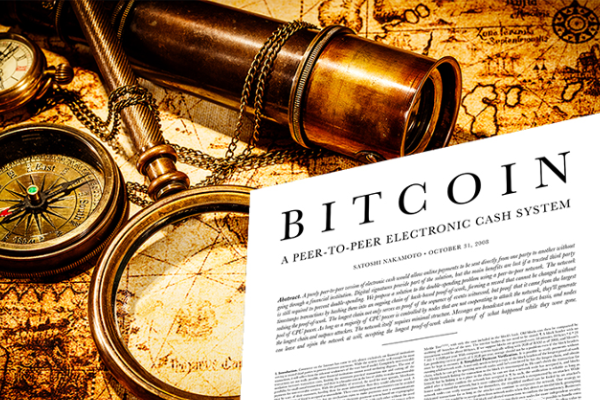What are crypto assets?
Crypto assets, also known as digital assets or cryptographic assets, are electronic currencies or digital assets encrypted based on cryptographic principles. It uses encryption algorithms to ensure the security and anonymity of transactions, and its existence and value are verified and confirmed through a specific blockchain network.
1. Definition and Overview
Crypto assets, also known as digital assets or cryptographic assets, are electronic currencies or digital assets encrypted based on cryptographic principles. It uses encryption algorithms to ensure the security and anonymity of transactions, and its existence and value are verified and confirmed through a specific blockchain network.
2. Background of the development of crypto assets
With the development of the Internet and digital technology, people's perception and use of currency have gradually changed. In order to cope with the problems of inconvenient transactions and lack of financial services in the traditional financial system, crypto assets have been generated and developed rapidly. Its main advantages include high transaction efficiency, global decentralized properties, and high privacy protection.
3. Main types of crypto assets
(I) Digital currency: For example, Bitcoin and Ethereum, this type of crypto asset uses its own network as the underlying technical architecture, independent of any bank or other financial institution.
(II) Tokens: such as ERC-20 tokens on Ethereum, they are usually used to represent other assets or rights, such as stocks, bonds, etc.
(III) Non-fungible tokens (NFT): a special type of crypto asset, which is used to represent non-fungible assets, such as artworks, domain names, etc.
IV. Characteristics of crypto assets
(I) Decentralization: Unlike traditional financial systems, crypto assets do not need to rely on any centralized institution to support transactions. Each transaction is confirmed and recorded by the entire network.
(II) Anonymity: When using crypto assets, the identity and transaction information of the trader can be protected from being leaked.
(III) Globality: Crypto assets can be traded globally without considering geographical restrictions.
(IV) High security: The security and reliability of transactions are guaranteed through complex cryptographic algorithms and blockchain technology.
V. Application scenarios of crypto assets
(I) Cross-border payments: Due to the decentralized nature, crypto assets can be used for cross-border payments, avoiding the high fees and cumbersome processes in the traditional financial system.
(II) Investment and financial management: With the development of the crypto market, more and more investors are beginning to use crypto assets as a tool for investment and financial management.
(III) Resource donation and support for specific organizations: Because the anonymity and traceability under the protection of technology provide better conditions for promoting the work of a certain group, such as donating money and materials to specific places or groups such as Africa and disaster areas.
VI. Risks and Challenges
Although crypto assets have many advantages, they also face many risks and challenges. For example, large price fluctuations, technical security risks, policy and regulatory risks, etc. Therefore, before investing, you need to fully understand and master the relevant knowledge of risk management.
VII. Conclusion
In short, with the development of technology and the continuous expansion of application scenarios, crypto assets will play a greater role in the future financial field. Although it still faces many challenges and risks, its emergence has brought many conveniences and innovations to our lives.
Through the above explanations and analysis, we can know that as an emerging form of finance, crypto assets not only have their own characteristics, advantages and application fields, but also require us to explore the possible problems and risks behind them. After having a deep understanding of this, we should make prudent investment decisions and take measures to ensure the health and smooth operation of our own and the project's property rights and interests.













